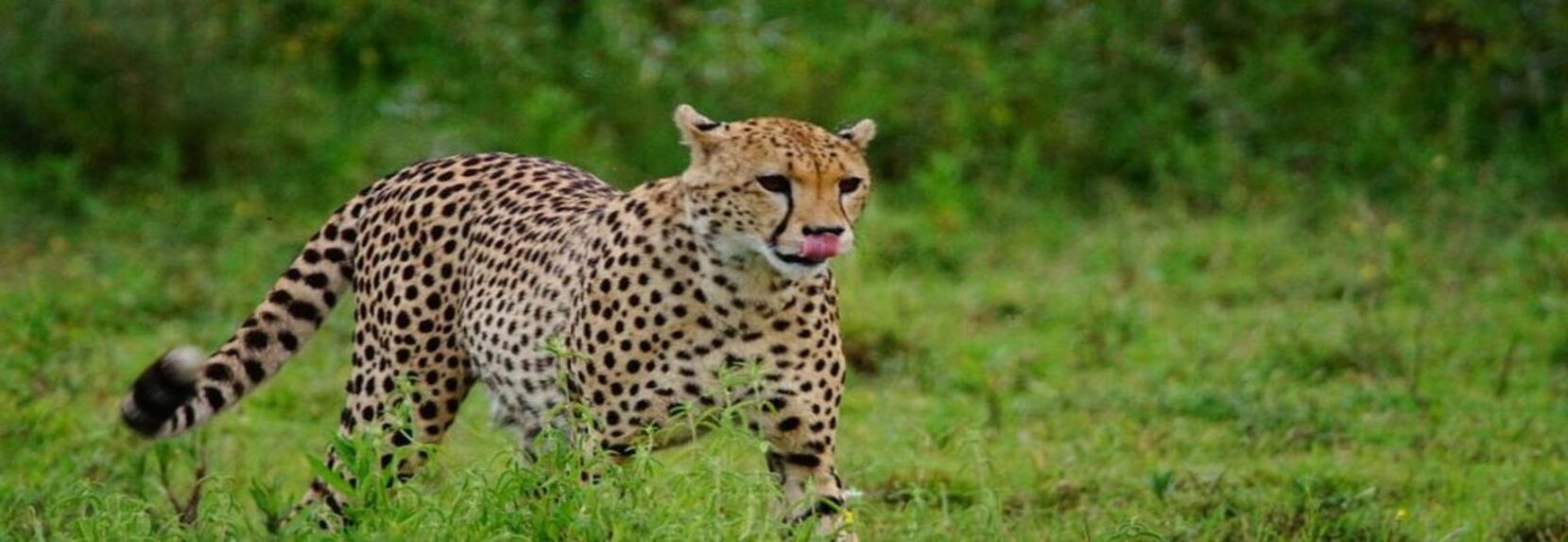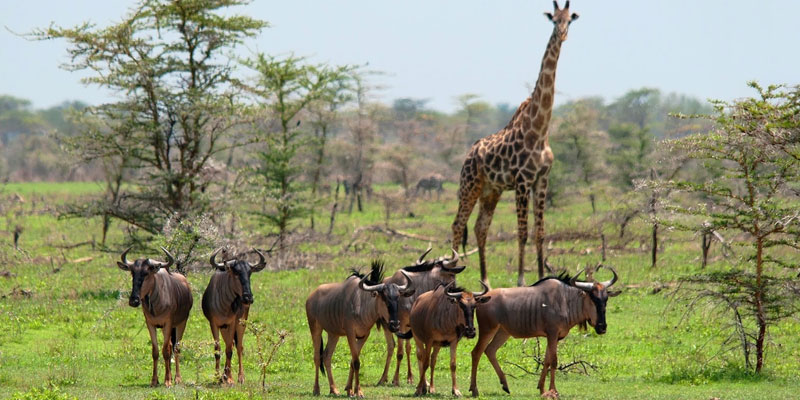Get to know Kigosi National Park
Kigosi has established a National Park in 2019. It is 8265 km² in the area and is part of the Moyowosi / Malagarasi wetlands complex which is the largest in East Africa. In fact, it is part of a vast shallow basin drained by 7 slow-moving rivers, the Malagarasi, Moyowosi, Nikonga, Ugalla, Kigosi, Nikonga, and Gombe (not to be confused with Gombe Stream where the chimps live) that wind sinuous paths through an immense and complicated network of swamps, plains lakes, and woodlands. These rivers eventually join up into the Malagarasi River which empties into Lake Tanganyika at Ilagala. The whole system is more than 92,000 sq. km. in the area which makes it larger than the whole of Portugal! It has been estimated that it supplies almost 30% of Lake Tanganyika’s freshwater. The whole area has been designated a wetland of international importance (Ramsar site) Kigosi National Park is at the northeast of the complex where shallow undulating Miombo woodlands are drained by the Nikonga River as it joins the complexities of the Moyowosi wetlands. This is all challenging terrain and has ensured that large parts have hardly ever been visited or explored, and being Africa is endowed with an extravagant quantity and quality of wildlife. It is home to Africa’s largest populations of that rare and somewhat sinister stork, the shoebill, as well as the tall and elegant wattled crane. There are huge flocks of pygmy geese (probably Africa’s largest). The Moyowosi wetlands also have Africa’s largest populations of Cape clawless otters. Big game abounds – Lion, leopard, buffalo, crocodile, topi, Lichtenstein’s hartebeest, sitatunga, warthog, baboon, zebra, sable, roan, eland, bushbuck, oribi, common and Bohor reedbuck, hyena, hippo, and Defassa waterbuck. The terrain is fascinating. Miombo woodlands fringe grassy flood plains dotted with palm trees that surrounding huge lakes and swamps many of which carry floating palm and papyrus islands. The water is gin clear. Many of the lions prides here have learned to chase buffalo into shallow swamps and to kill them by drowning before dragging them out to dismember and eat.
Tanzania’s private and protected Kigosi Game Reserve encompasses 8,265 square kilometers of Miombo woodland dotted with open plains and fascinating rocky outcrops. The Moyowosi River divides Kigosi from its neighbor, the Moyowosi Game Reserve.
The twisting and turning tributaries of the Moyowosi River are responsible for exquisite riverine valleys, fresh springs, and waterholes. The swampy terrain is more evident in the south of the reserve, while the drier woodlands dominate the northern part.
This type of environment is the perfect habitat for rare water-loving birds such as the shoebill stork, wattled crane, and Pel’s fishing owl. Kigosi houses Tanzania’s biggest wetland and floodplain ecosystem; a perfect environment for abundant wildlife.
Although not a well-documented destination, Kigosi has certainly earned its place on the map. The reserve is located within the Kigoma Region and is accessible by road and air. The closest international airport is in Dar es Salaam, which offers commercial flights to Mwanza on Lake Victoria or Kigoma.


